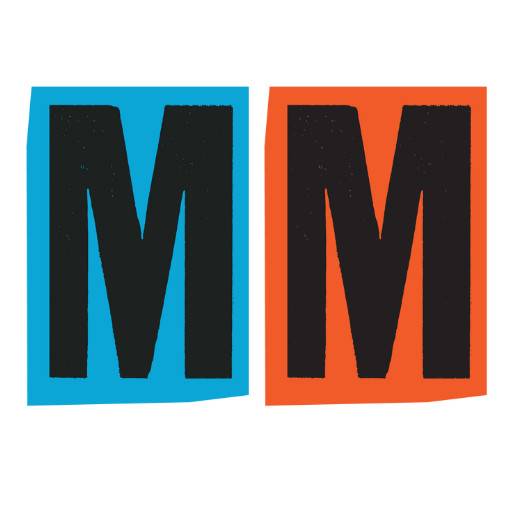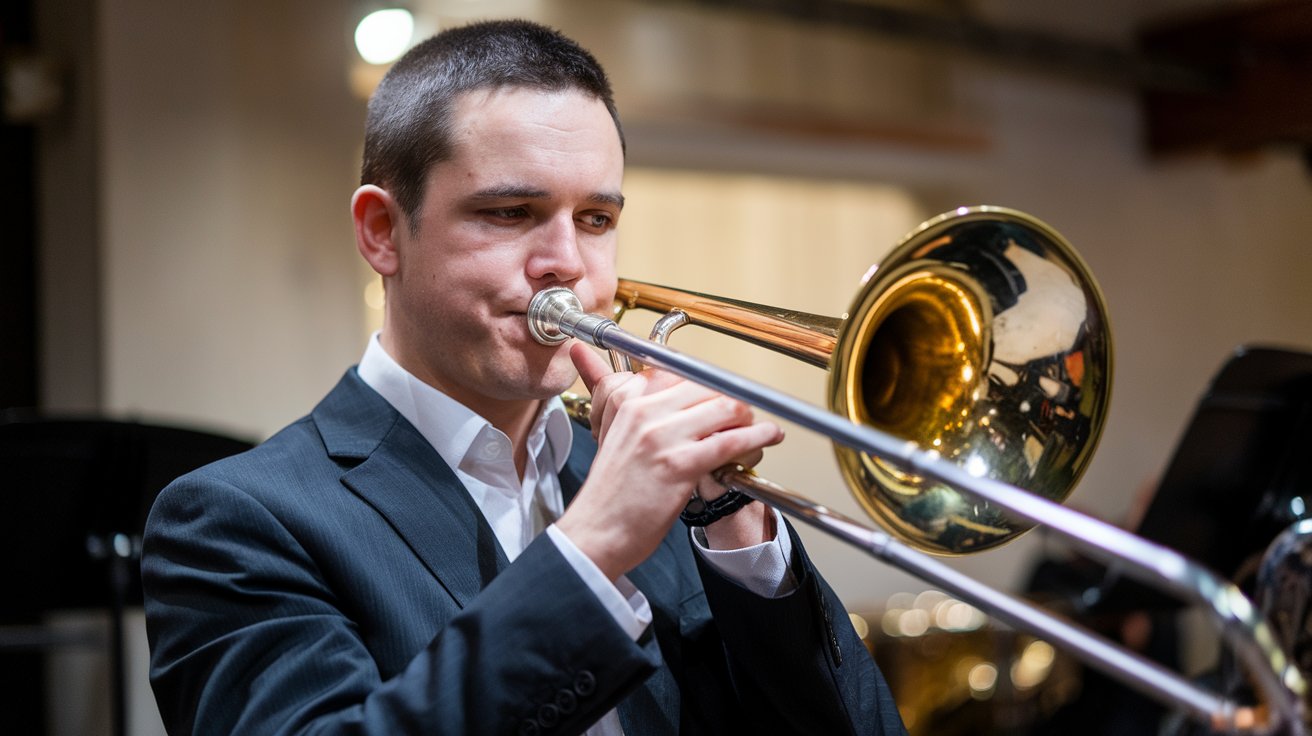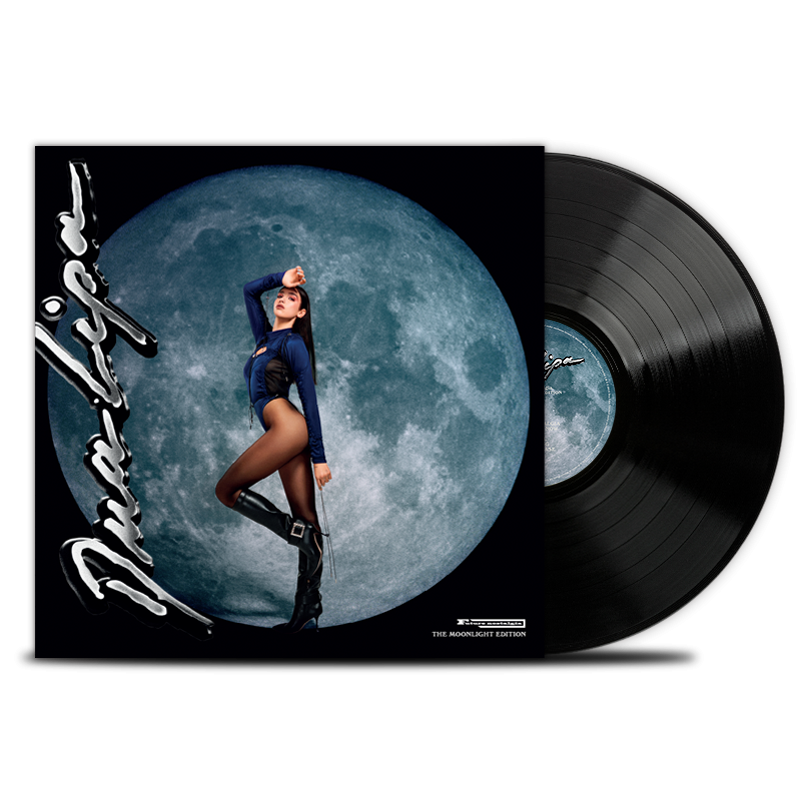Written by Music Minds’ professional trombonist, Scott Flynn who helped review our best trombones.
I’m Scott and I play the trombone. I’ve been playing the trombone for more than half my life at this point, I’ve toured with groups like Odesza, Pretty Lights and my own groups like Elephant Wrecking Ball. I’ve been fortunate to have played and studied lots of types of music, jazz, reggae, classical, salsa and beyond. I love the trombone and I’m here to tell you some basics about how to play the trombone.
When it comes to learning a new instrument, it’s worth noting that every instrument has its own unique idiosyncrasies and challenges. The trombone is no different and it too comes with a unique and somewhat challenging set of factors; it alone does not produce sound, you have to learn how to properly buzz your lips to make the sound. It also does not have buttons but rather a continuous slide which is a challenge in itself to deal with. Neither of these challenges are insurmountable though and like any specialized skill, can be learned with some practice and consistency.
When it comes to buying a trombone, you can actually get a decent beginner’s instrument for not a lot of money. You could pay as little as $100-300 for a beginner trombone. Finding a well reviewed trombone package online at place like Amazon in this price range will usually get you a horn that’s sturdy, playable and more than good enough for an instrument to learn on. You can also often find good deals on used horns with more name brands (Conn, King, Selmer, Bach, Yamaha) in that same price range. Brand new, those horns range from the $350-800 range, give or take.
The trombone is one of the few wind instruments that is in the key of C, which means it does NOT transpose. This is different then, say, a saxophone, trumpet or French horn all of which are considered to be in a different key.
Your arms need to be about two feet long in order to be able to play the trombone. If you are a young child or your arms are not long enough, there are a few ways to work around this. Trombones with F triggers allow you to not need to go out to 6th and 7th positions. For younger players, there are smaller alto trombones that do not require nearly as long an arm.
When blowing into the mouthpiece, make an ‘’m’’ with your lips, take a deep breath in and as you exhale, try to find the right balance of air flow and lip pressure to produce a buzzing sound with your lips. The buzzier and more resonant a sound you can make with your lips, the better your sound on the trombone will be.
Putting the trombone together only requires making two connections, one between the slide and the bell and one between the mouthpiece and the slide. Be sure to familiarize yourself with whatever style mechanism your particular trombone uses for attaching the main bell to the slide as there is not one universal standard and there can be subtle differences between horns. For putting the mouthpiece in, simply put the mouthpiece in the slide, twist clockwise while simultaneously applying a gentle amount of pressure. Do the reverse when taking out the mouthpiece.
The trombone is meant to be held by the slide with your dominant or writing hand and by the main bell part with your other hand. For right handed people this means slide in the right hand, horn in the left. Make an angle with the slide and the bell of slightly less than 90 degrees so that your fingers don’t have to work too hard to grab the back part of the slide. Wrap your thumb around the bar that is on the bell and goes across from one part of the horn to the other, put your index finger on the top part of the slide and let your remaining fingers grip the slide handle.
There are seven positions on the trombone. Four of them have reference points and two of them are ‘’floating in space’’ so to speak. First position is all the way in, third is a little bit in front of the bell (towards your face), fourth is a little bit behind the bell (away from your face), sixth is a ‘’handshake’’ or just arm fully extended, and seventh is not just arm fully extended but also fingers extended. Second and fifth are in their corresponding positions but there are no obvious references for these positions and they are usually the last ones to get comfortable when learning the trombone.
Trombone is known for its vibrato and there are two ways one can achieve that on the trombone. One is just by using your embouchure and not moving the slide, the other is by using the slide as the source of vibrato. Some people like to do both at the same time while others use different ones at different times.
Maintaining a trombone is relatively easy. Make sure that you lubricate your slide before almost every performance depending on the shelf life of the lubricant you are using, be sure to clean out the slide at least every other month with warm water and a snake for the slide and take it to get professionally cleaned once every few years, depending on how frequently you play or use it.
Good luck and happy tromboning!

















